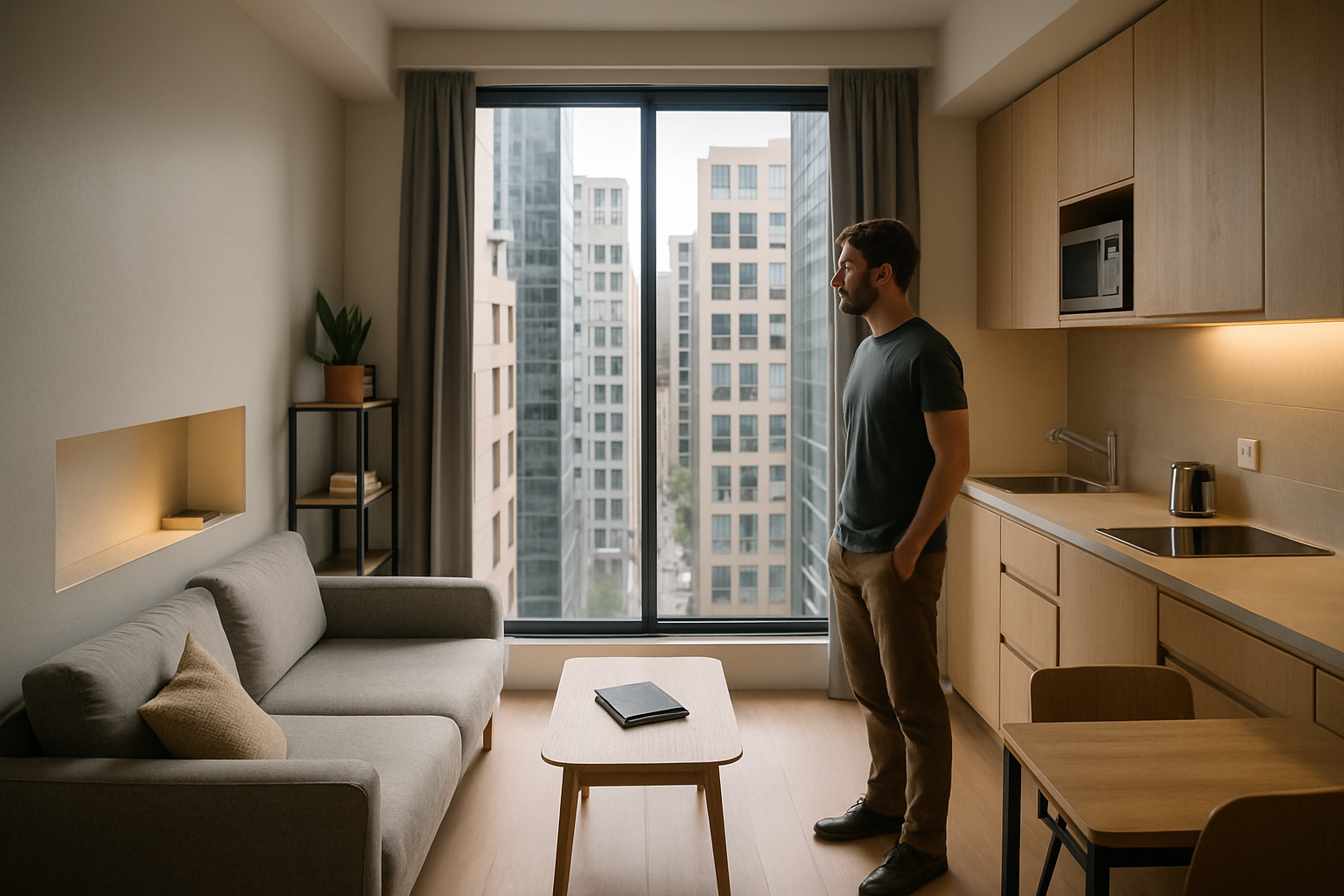Micro-Apartments: The Next Big Thing in Urban Real Estate
The real estate landscape is witnessing a seismic shift as micro-apartments gain traction in major cities worldwide. These compact living spaces, typically ranging from 200 to 400 square feet, are reshaping urban housing markets and challenging traditional notions of what constitutes a home. With skyrocketing property prices and a growing preference for city living, micro-apartments are emerging as a viable solution to urban housing shortages and affordability concerns.

Design Innovation in Small Spaces
Architects and interior designers are at the forefront of the micro-apartment revolution, creating spaces that maximize functionality without sacrificing comfort. Clever storage solutions, multifunctional furniture, and high ceilings are key features of well-designed micro-units. Some developments incorporate shared amenities like communal kitchens, lounges, and workspaces to complement the compact private living areas.
The Economics of Micro-Apartments
For developers, micro-apartments present an opportunity to increase the number of units in a building, potentially boosting overall returns. However, construction costs per square foot can be higher due to the need for high-quality finishes and smart design elements. For renters and buyers, micro-apartments offer an affordable entry point into desirable neighborhoods that might otherwise be out of reach.
Regulatory Challenges and Zoning Hurdles
The rise of micro-apartments has not been without obstacles. Many cities have minimum size requirements for residential units, necessitating zoning changes to accommodate these smaller dwellings. Critics argue that micro-units may lead to overcrowding and reduced quality of life. As a result, some municipalities are cautiously approaching micro-apartment developments, implementing pilot programs to assess their impact on urban communities.
Environmental Impact and Sustainability
Proponents of micro-apartments tout their environmental benefits. Smaller living spaces generally consume less energy for heating and cooling, and their central urban locations often reduce reliance on private vehicles. Some micro-apartment developments incorporate green building practices, further enhancing their eco-credentials. However, the long-term sustainability of these units depends on their ability to adapt to changing resident needs over time.
Market Trends and Future Outlook
As of 2023, micro-apartments are gaining momentum in major urban centers across North America and Europe. In New York City, for example, the median rent for a micro-unit is approximately 20% lower than that of a standard studio apartment. San Francisco and Seattle have also seen significant micro-apartment development, with occupancy rates often exceeding those of conventional apartments.
Investment Potential and Risks
For real estate investors, micro-apartments present both opportunities and challenges. The lower price point and potential for higher yields are attractive, but there are concerns about long-term appreciation and resale value. Additionally, the niche nature of the market may limit the pool of potential buyers or renters. Investors must carefully consider location, design quality, and local market dynamics before committing to micro-apartment projects.
The Social Dimension of Micro-Living
The micro-apartment trend raises important questions about the changing nature of urban living and social interactions. While some view these units as a practical solution to housing shortages, others worry about the potential for isolation and the impact on community cohesion. Successful micro-apartment developments often incorporate design elements that encourage social interaction and community building among residents.
Adapting to Post-Pandemic Realities
The COVID-19 pandemic has added a new layer of complexity to the micro-apartment market. With more people working from home, the demand for larger living spaces has increased. However, as cities reopen and urban amenities regain their appeal, micro-apartments may once again become attractive to those seeking an affordable urban lifestyle. Developers are responding by incorporating flexible workspaces and enhanced ventilation systems into their designs.
Conclusion: A Niche with Growing Potential
Micro-apartments represent a significant shift in urban real estate, offering a potential solution to housing affordability and density challenges in major cities. While not without controversy, these compact living spaces are likely to play an increasingly important role in the urban housing mix. As the market evolves, developers, investors, and policymakers will need to work together to ensure that micro-apartments contribute positively to urban environments and meet the changing needs of city dwellers.





